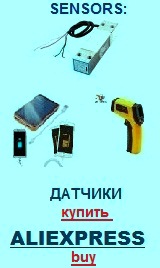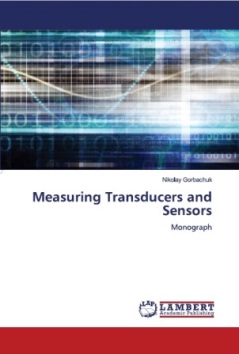Transducers, gauges, sensors - Information portal © 2011 - 2025 Use of material is possible by placing an active link
Phenomenon of Peltier
In 1834 the French physicist Jean Peltier did experience, bringing the new opening to physics. He made a chain, formed from two metallic bars - Bi and copper, and then skipped a direct electric current through this system. Thus appeared, that when a current was directed from Bi to the copper, in a shut a temperature rose on 10° С. At the key-in of current in retrograde (from a copper to Bi) observed lowering temperatures of shut on 5° С. Making a chain from Bi and antimony, Pel't'e found out yet more striking contrast: at a current, directed from Bi to the antimony, the temperature of shut rose on 37° With, and at passing of current in retrograde the same shut cooled down on 45° С.
The phenomenon, open Peltier, was so interesting, that the Petersburg physicist E. X. Lend engaged in 1838 more detailed his study. It was the more so justified, that Peltier gave the quite incorrect explaining to the open by him phenomenon.
Carefully investigating the phenomenon of Peltier, Lenz succeeded the key-in of current through the system from different metals so to lower the temperature of one shut, that being on a shut a drop of water, was cold.
The detailed study of the phenomenon of Peltier resulted in opening of quite clear conformity to law. Appeared, that amount of heat of Q, distinguished on a shut or, vice versa, at reverse direction of current taken in by a shut, proportionally to the current of I and time of t. Q = ПIt, where П- koefficient of Peltier, numeral equal to the that amount of heat which is distinguished or taken in on a shut at flowing through him units of amount of electricity. It is thus needed to mean that the question is about a heat, distinguished by a shut additionally to the ordinary joule heat.
Between the coefficient of Peltier П and coefficient of thermo-electromotive force of a there is correlation: these sizes are proportional to each other. Consequently, similarly as well as in the case of the thermo-electric phenomena, the effect of Peltier especially brightly shows up at the contact of two semiconductors, but not metals. Similarly as well as thermo-electricity which played no role in energy, while semiconductor thermo-couples were not created, the phenomenon of Peltier begins to find serious practical application only in our time.
русский / english
Home >> Temperature, thermoelectricity >> Phenomenon of Peltier
• Information about various converters and sensors of physical quantities, parameters of various physical processes is presented.
• Electrophysical properties and effects in various electrical materials.
• Theory, experimental results, practical application

See also:
CONVERTERS, GAUGES, SENSORS
Information, news, advertising


